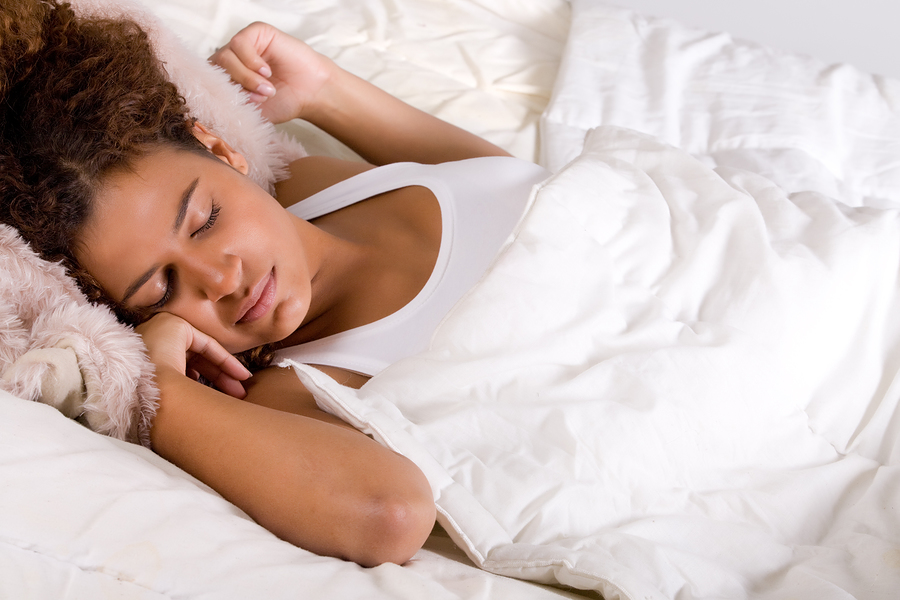Oftentimes, my patients complain of poor sleep quality related to factors in the sleep environment. Here are the four main considerations to assess in your own life:
- Light. There should be as little of it as possible. During the time a person typically sleeps, the brain secretes a hormone called melatonin, which helps induce sleep. However, light suppresses melatonin, thereby increasing alertness and prolonging nighttime awakenings. Since light (especially blue light) impacts our internal clock, being exposed to bright light near bedtime can cause the brain to remain alert and mask sleepiness. Develop a “technology-free” time window for sleep to avoid exposure to bright light (particularly blue-wavelength light from electronics) near bedtime and during the night.
- Noise. In light stages of sleep (such as when we’re first dozing off), we can easily be disrupted by noise. When we are in deeper stages of sleep, noises must be louder to cause awakenings. Start to pay attention to where noises come from. Do you need double-paned windows to block out street noise? If your partner gets up earlier than you, should he or she get ready elsewhere? Also, using “white noise” can help to mask ambient noises.
- Temperature. Personal preference matters. Studies show that a relatively cool room (63°F to 68°F) is preferable for most people and high temperatures (greater than 85°F) can lead to sleep disturbances.
- Sleep surface. Comfort matters, particularly for people who experience aches and pains during sleep. Invest in a good mattress, use pillows to comfortably position your body, and adjust bed coverings to help regulate temperature. If you suspect you are sensitive to certain fabrics or fillers, seek out different materials to see if you may be allergic; allergens can contribute to congestion, breathing disturbances and itchy skin that wakes you up at night. Having a comfortable, quiet place to sleep is an important part of achieving good sleep quality. Invest time (and money) in upgrading your sleep environment.
Arianna Huffington
For people who struggle with sleep, a great place to start is our sleep environment, and the steps we can take to create conditions allowing for optimal sleep. Light and temperature are hugely influential, but for me, my sleep environment isn’t just my bedroom. It encompasses every aspect of sleep and sleep preparation, including what I wear to bed. I even have my own pajama story. A few years ago, Cindi Leive, the editor-in-chief of Glamour magazine, joined me in a New Year’s resolution to get more sleep. Cindi admitted that with her work at the magazine, her two young children, and her TV habit, she was averaging just more than five hours a night. We committed to getting a full night’s sleep for a month.
As we found out, resolving to get a good night’s sleep is easier said than done. We had to tune out a host of temptations—from The Daily Show to email. As the month wore on, my favorite sleep aid became the yummy pink pajamas Cindi sent me as a gift. Just putting them on made me feel ready for bed—so much more so than the cotton T-shirts I usually wore. Something switched in my brain when I put the pajamas on; they were unmistakably “going-to-bed clothes,” not to be confused with “going-to-the-gym clothes.” Slipping on pj’s is a signal to my body it’s time to shut down.
Of course, even for those who normally sleep well, nothing can disrupt sleep like travel. I’m actually obsessed with trying to do everything I can to make my flights more sleep-friendly. I travel so much and have learned over time that a little preparation goes a long way. I have my sleeping gear permanently packed in my carry-on: an eye mask, noise-cancelling headphones, earplugs, herbal teas (including lavender and licorice), and my favorite neck pillow.

